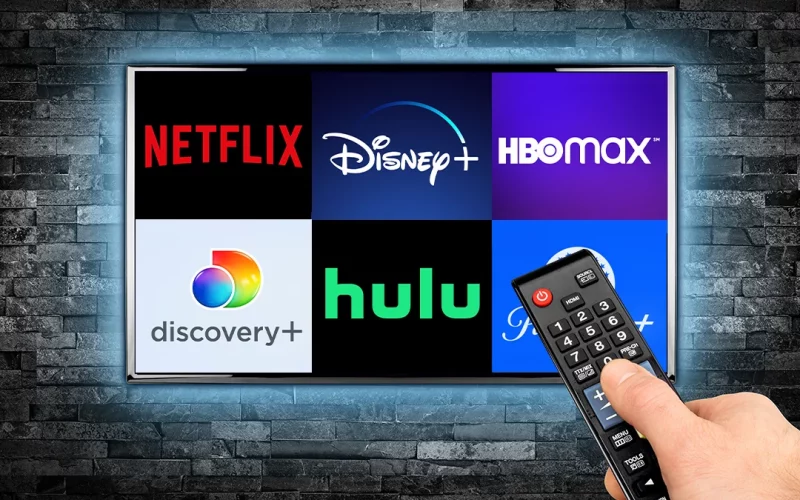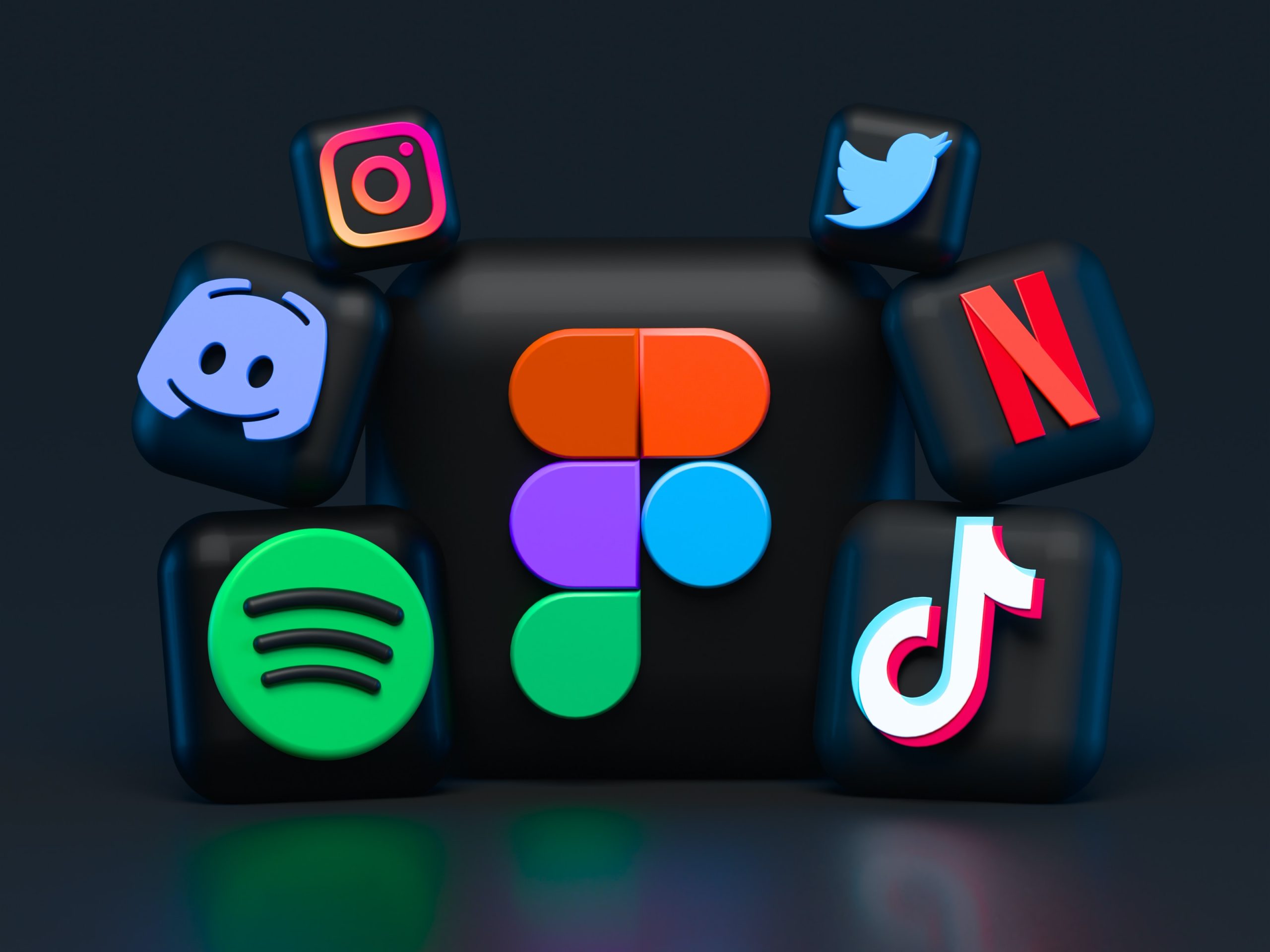Introduction
The advent of streaming platforms has revolutionized many aspects of our daily lives, and one of the most significant changes has been in the realm of movie distribution. Gone are the days when moviegoers had to wait for the latest blockbuster to hit theaters or for the DVD release months later. Today, streaming platforms have redefined how we access, consume, and experience films. This article delves into the transformative impact of streaming platforms on movie distribution, exploring the benefits, challenges, and future implications of this ongoing evolution.
The Rise of Streaming Platforms

Streaming platforms such as Netflix, Amazon Prime Video, Hulu, Disney+, and HBO Max have become household names. These services have grown exponentially over the past decade, offering vast libraries of content that include movies, TV shows, documentaries, and original programming. The convenience of accessing a wide range of content from the comfort of one’s home has made streaming platforms incredibly popular, leading to a significant shift in consumer behavior.
The Traditional Movie Distribution Model
Before the rise of streaming platforms, the traditional movie distribution model followed a linear path:
- Theatrical Release: Movies would first be released in theaters, where they would run for a set period.
- Home Video: After the theatrical run, movies would be released on DVD, Bluray, or digital download.
- Pay TV and Cable: Following the home video release, films would be available on payTV channels and cable networks.
- Broadcast TV: Finally, movies would be broadcast on network television.
This model often meant that audiences had to wait several months, or even years, to watch a film outside of theaters. Additionally, the distribution process was heavily reliant on physical media and traditional broadcasting channels.
How Streaming Platforms Have Changed Movie Distribution

-
Direct to Consumer Distribution
One of the most significant changes brought about by streaming platforms is the shift to direct to consumer distribution. Streaming services offer a direct pipeline from content creators to viewers, bypassing traditional intermediaries such as theaters, cable networks, and physical media distributors. This direct approach has several advantages:
- Immediate Access: Viewers can watch new releases as soon as they are available on the platform, eliminating the need to wait for home video or TV broadcasts.
- Global Reach: Streaming platforms can distribute content to a global audience simultaneously, breaking down geographical barriers and expanding the potential viewer base.
- Cost Efficiency: By cutting out intermediaries, streaming platforms can reduce distribution costs and potentially pass on savings to consumers through subscription models.
-
Simultaneous Release Strategies
Streaming platforms have introduced new release strategies that challenge the traditional theatrical window. Some notable approaches include:
- Day and Date Releases: Films are released simultaneously in theaters and on streaming platforms. This strategy allows viewers to choose their preferred viewing method and can help combat piracy by making content readily available.
- Exclusive Streaming Releases: Some movies bypass theaters entirely and are released exclusively on streaming platforms. This approach has been particularly popular during the COVID19 pandemic, as theaters faced closures and reduced capacities.
- Shortened Theatrical Windows: For films that do receive a theatrical release, the window between the theatrical run and streaming availability has been significantly shortened. This change reflects the growing importance of digital distribution in reaching audiences quickly.
-
Original Content Production
Streaming platforms have become major players in content production, investing heavily in original films and series. This trend has several implications for movie distribution:
- Creative Freedom: Streaming platforms often provide filmmakers with greater creative freedom compared to traditional studios, leading to a diverse range of content that may not have been greenlit otherwise.
- High Quality Productions: With substantial budgets and resources, streaming platforms can produce high quality films that rival theatrical releases in terms of production value.
- Award Recognition: Original films from streaming platforms have garnered critical acclaim and recognition at prestigious awards ceremonies, further legitimizing their role in the movie industry.
-
Data Driven Distribution
Streaming platforms leverage data analytics to understand viewer preferences and behavior. This data driven approach allows platforms to:
- Personalize Recommendations: Algorithms can suggest movies based on individual viewing habits, increasing viewer engagement and satisfaction.
- Optimize Release Strategies: Data insights can inform decisions on release timing, marketing, and distribution strategies, ensuring that content reaches the right audience at the right time.
- Content Investment: Platforms can identify trends and gaps in their content libraries, guiding investment in new projects that align with viewer interests.
Challenges and Considerations

While streaming platforms have transformed movie distribution, they also present several challenges and considerations:
-
Impact on Theaters
The rise of streaming platforms has raised concerns about the future of traditional movie theaters. While some industry experts believe that theaters will continue to play a vital role in the movie experience, others worry that the convenience of streaming may lead to a decline in theater attendance. The balance between theatrical releases and streaming availability will be crucial in determining the future landscape of movie distribution.
-
Content Saturation
The proliferation of streaming platforms and the vast amount of content available can lead to content saturation. Viewers may feel overwhelmed by the sheer number of options, making it challenging for new releases to stand out. Effective marketing and recommendation algorithms will be essential in helping viewers discover and engage with new films.
-
Subscription Fatigue
As more streaming platforms enter the market, consumers may experience subscription fatigue, where the cost and complexity of managing multiple subscriptions become burdensome. Bundling services, offering flexible subscription plans, and providing unique value propositions will be important strategies for retaining subscribers.
-
Piracy Concerns
While streaming platforms offer legal and convenient access to content, piracy remains a concern. Ensuring robust security measures and providing affordable, accessible options for viewers will be key in combating piracy and protecting intellectual property.
The Future of Movie Distribution

The evolution of streaming platforms is far from over, and the future of movie distribution will likely continue to be shaped by technological advancements and changing consumer preferences. Some potential developments include:
-
Enhanced Viewing Experiences
Advancements in technology, such as virtual reality (VR) and augmented reality (AR), could offer new and immersive ways to experience movies at home. Streaming platforms may invest in these technologies to differentiate themselves and provide unique viewing experiences.
-
Integration with Social Media
Social media platforms are increasingly becoming intertwined with streaming services. Features that allow viewers to share their watching experiences, participate in live discussions, and engage with content creators could enhance the social aspect of movie watching and drive viewer engagement.
-
Hybrid Distribution Models
The future of movie distribution may involve hybrid models that combine elements of theatrical releases, streaming, and other digital formats. Flexible distribution strategies that cater to different audience preferences and viewing habits will be crucial in navigating the evolving landscape.
-
Global Collaboration and Co Productions
Streaming platforms have the potential to facilitate global collaboration and co productions, bringing together talent and resources from different countries. This trend could lead to a more diverse and inclusive range of content that resonates with audiences worldwide.
Conclusion
Streaming platforms have undoubtedly redefined movie distribution, offering unprecedented access to a vast array of content and transforming how we experience films. While challenges remain, the benefits of direct to consumer distribution, simultaneous release strategies, original content production, and data driven insights are reshaping the industry in exciting ways. As technology continues to evolve and consumer preferences shift, the future of movie distribution will likely be characterized by innovation, collaboration, and a continued focus on delivering exceptional viewing experiences.











